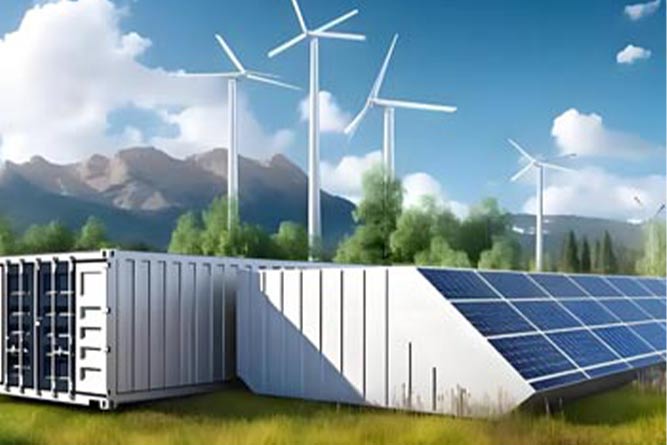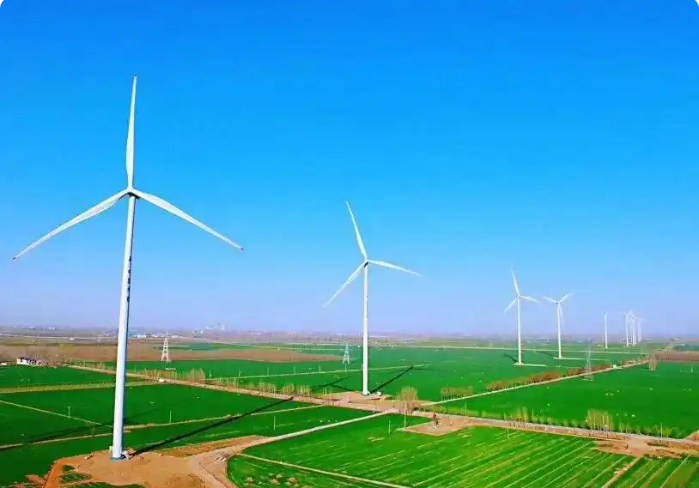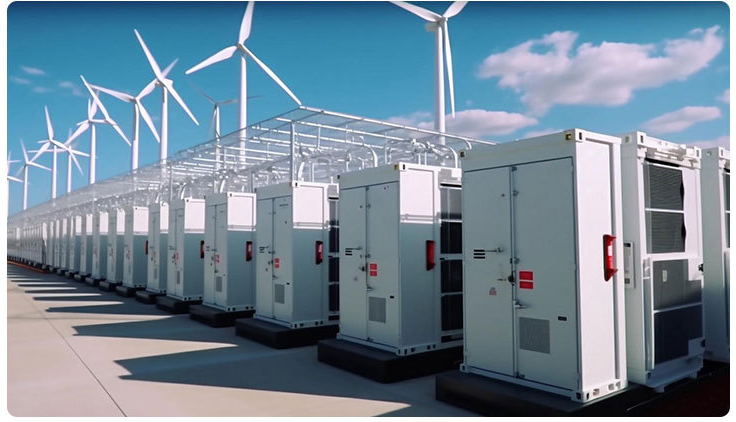
1. Socio-Economic Benefits
- Employment & Skills: Over 2,000 local jobs created during construction, with 500 technicians trained in renewable energy operations.
- Grid Resilience: Annual power generation of 1.614 billion kWh stabilizes supply for 500,000 households, reducing blackout costs by **$150 million/year**.
2. Climate Leadership
- Decarbonization: 1.61 million tons of CO2 reduced annually, equivalent to planting 100 million trees, accelerating Uzbekistan’s 2030 climate goals.
- Renewable Expansion: Increases Uzbekistan’s renewable energy share by 4%, setting a regional model for clean energy adoption.
3. A Global Blueprint
The Navoi Project demonstrates how CEEC’s “renewables+ESS” model can be scaled globally. By integrating Chinese innovation with local needs, CEEC empowers countries worldwide to achieve energy security and net-zero transitions.
Date
2024
Client
Navoi Hybrid
Category
PV & Wind ESS Projects
Location
Uzbekistan





